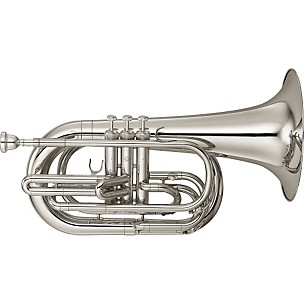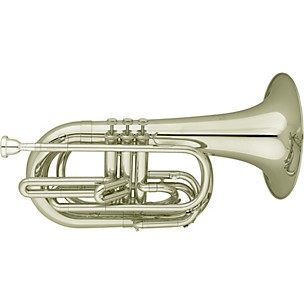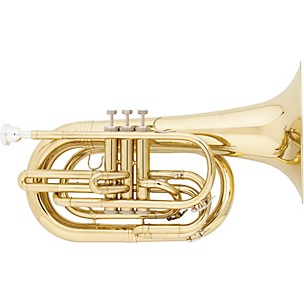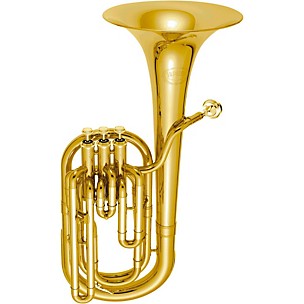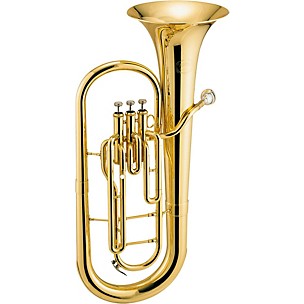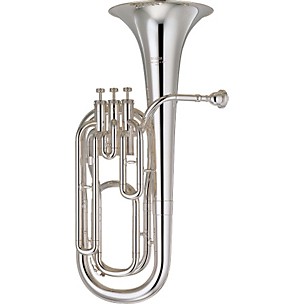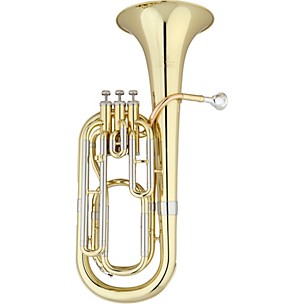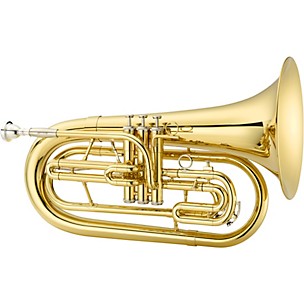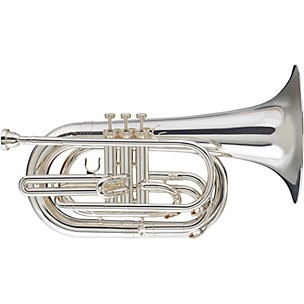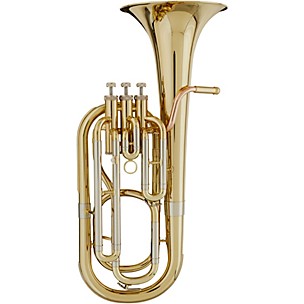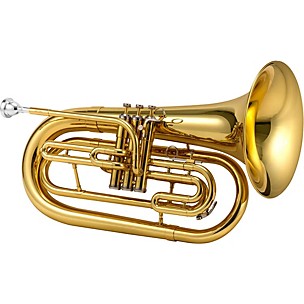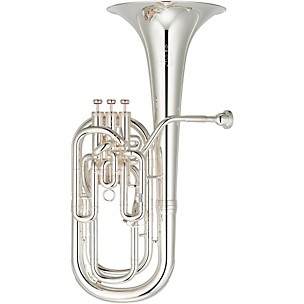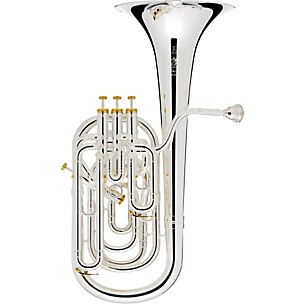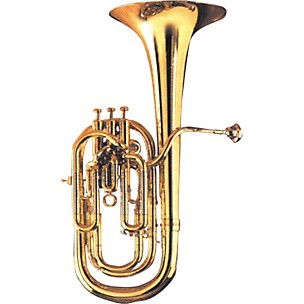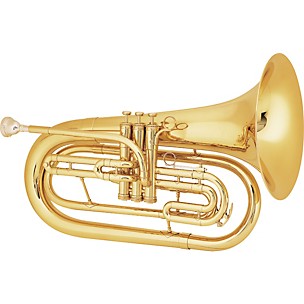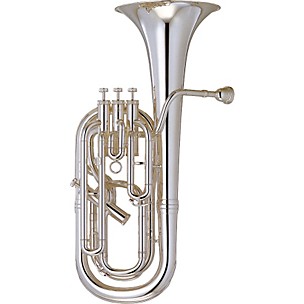Baritone Horns
About Baritone Horns
The modern baritone holds little resemblance to the historic wooden serpent instrument or the 19th century ophicleide which is considered by most experts as its true ancestor. It is primarily pitched as concert Bb instrument in open valve but achieves the variation from a practical range of E to bb1 by the prescribed opening and closing of affixed valves. It is used for the second lowest sound on the musical scale with amateur practitioners being able to reach the fifth above that to the concert F and expert baritonist can achieve the full range.
The compositions for baritone horn are written in either bass clef or the treble clef with it being used as a trespassing and non- trespassing instrument. The baritones are made up of four important parts namely nine-foot brass tube which twists and curtails to take a smaller cylindrical structure three valves controlling the air flow a larger-than-average mouthpiece for placing the lips and a bell pointing upwards although some baritone bells point sideways. The baritone is past its best days in classical concerts but it is still actively pursued in the British Brass Band genre for Marching purposes and individual performances. The contemporary baritone holds an admirable line-up of artists namely Mel Sykes Simone Mantia Maynard Ferguson and Leonard Falcone. The legendary trumpeter Maynard Ferguson had used a Baritone Horn in the famous song "Gospel John" and in one solo during a live performance of his famous songs "Great Guns".
